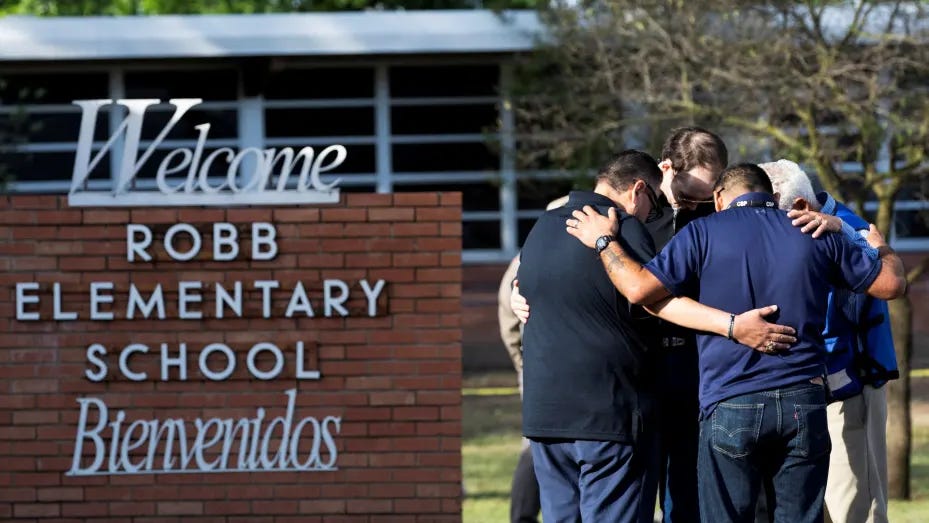If you would like to support our work, please consider a paid subscription to In His Words, so we can continue the research necessary to bring the male narrative to the public discourse.
I was a high school English teacher at a suburban public high school outside of Philadelphia. Our school went into a practice, active-shooter drill. One…
Keep reading with a 7-day free trial
Subscribe to In His Words to keep reading this post and get 7 days of free access to the full post archives.





